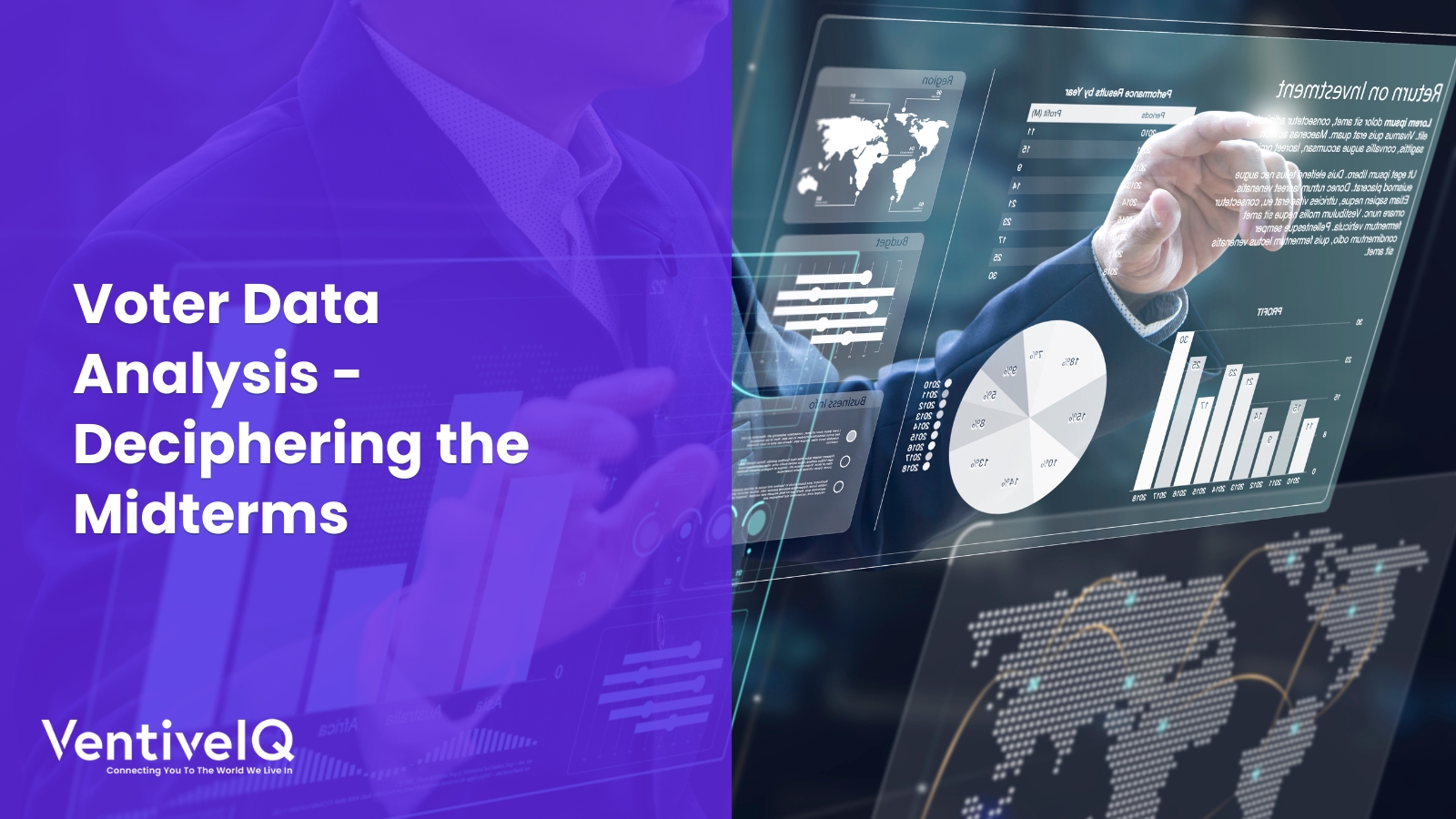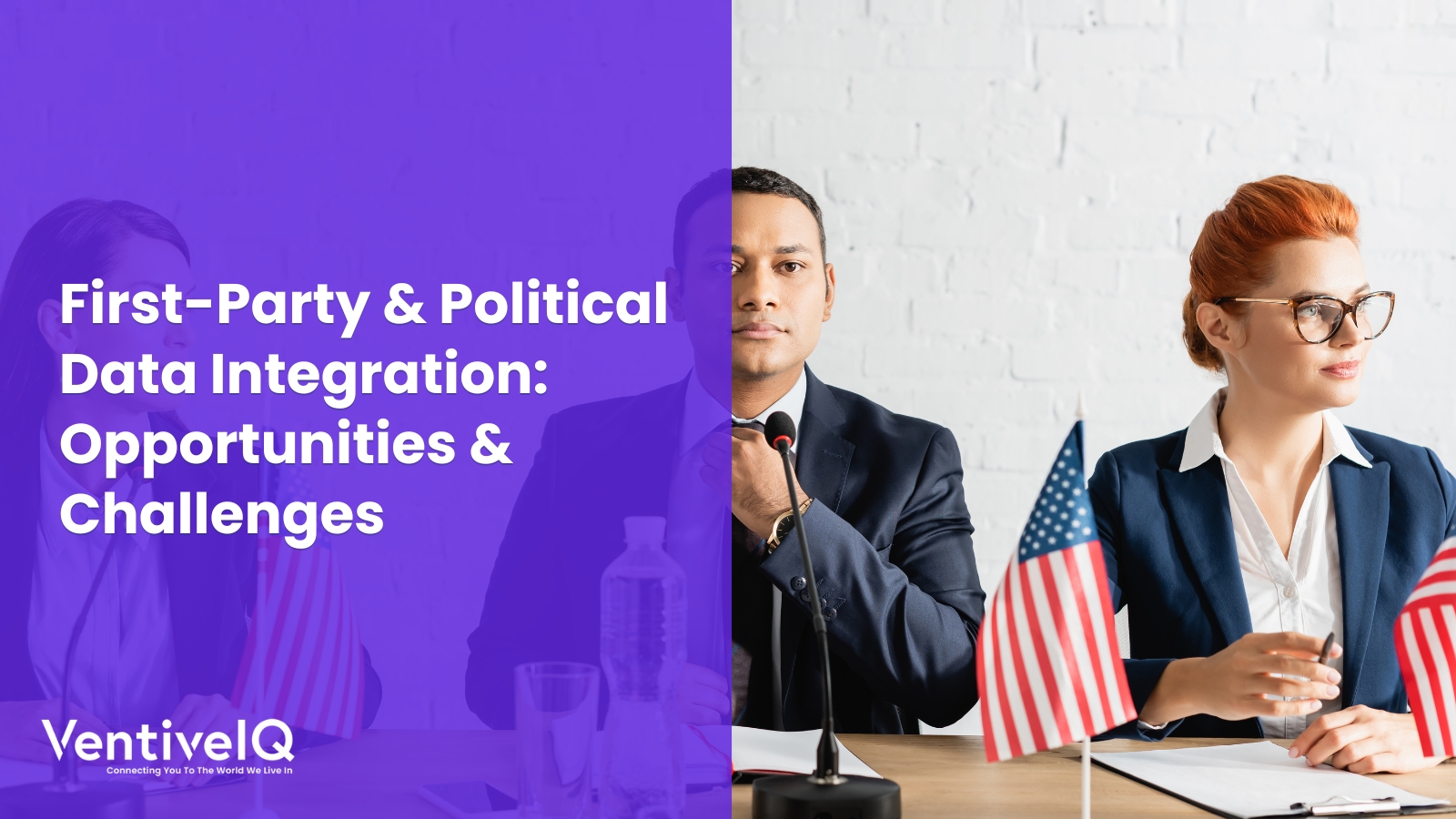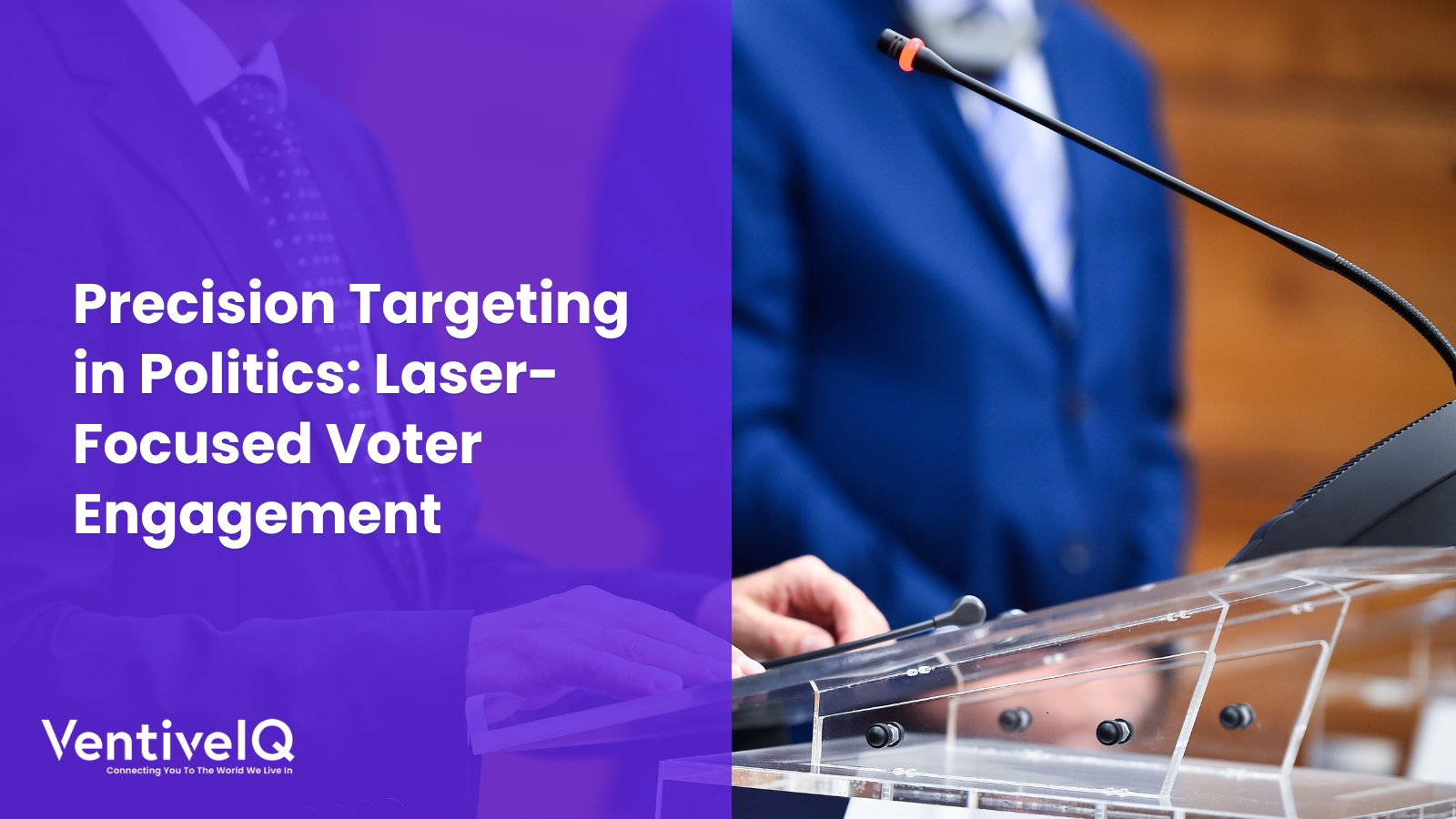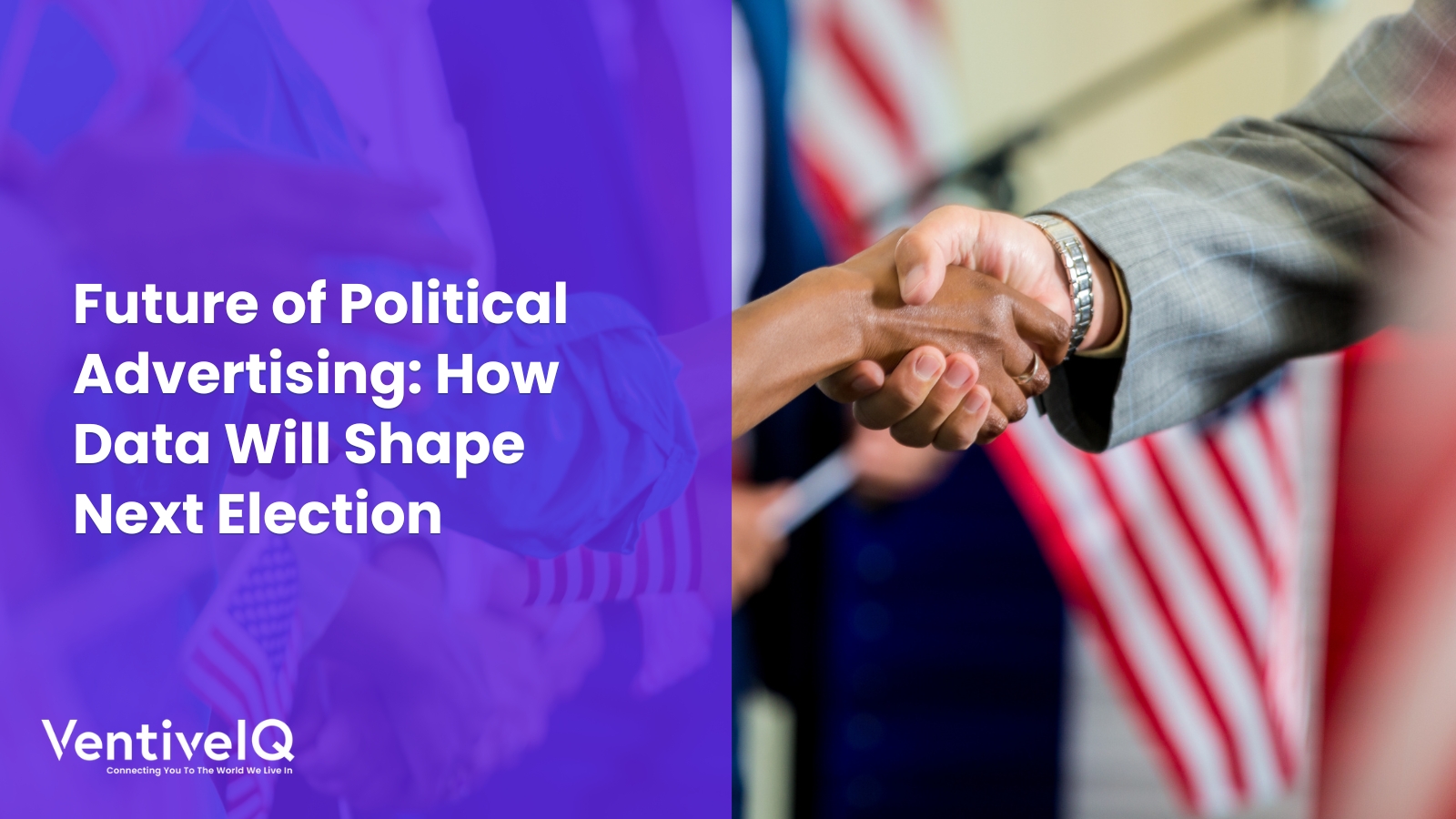Discover the power of voter data analysis, predictive modeling & demographic analysis in forecasting election outcomes & explore key political trends, voter behavior.
Introduction
As the midterm elections get closer, political parties and candidates are working hard to find any advantage they can. Nowadays, with so much reliance on data, understanding how voters think and analyzing important trends is key to running successful campaigns. In this blog, we will take a deep dive into voter data analysis, predictive modeling, and looking at demographics to uncover the important trends that could make a significant difference in the upcoming midterms.
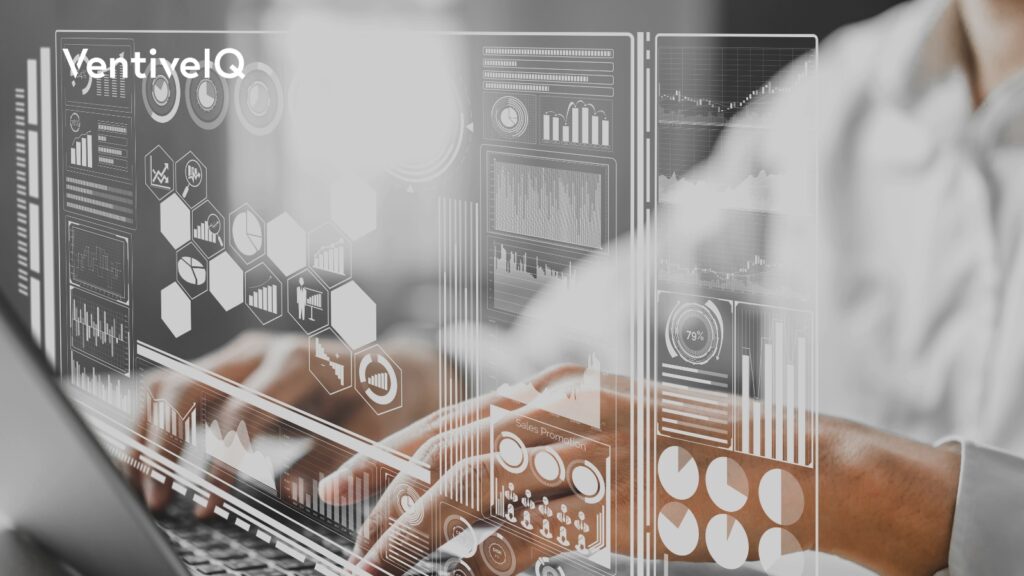
Understanding Voter Data Analysis
At the heart of every election prediction is a careful look at voter data. This means digging into lots of things like who is voting, how they have voted before, and what is going on in their communities. By doing this thorough examination, experts can learn a lot about what voters like and how they behave.
They look at everything from how old people are and what gender they identify as, to how much money they make and how much education they have. Every single piece of information helps create a detailed picture of what American voters are all about. Each group of people, like young voters or folks in certain income brackets, has its own views and habits. And when you put all those pieces together, you get a clearer understanding of how elections work in the USA. So, having a good grasp of these details is important if you want to make accurate predictions about who is going to win and why.
Unraveling Predictive Modeling
Predictive modeling is like the secret sauce of election predictions. It is all about using fancy algorithms to guess what is going to happen in the future, based on what has happened in the past and what is going on right now. It is like having a crystal ball, but instead of magic, it is powered by smart computer programs.
With predictive analytics modeling, experts can pinpoint which states might suddenly change sides, called swing states. They can also figure out how different campaign tactics might shake things up and even predict how many people will show up to vote. And the cool part is, they can do all of this with super high accuracy, thanks to the magic of machine learning and crunching lots of numbers.
The Art of Election Forecasting
Trying to predict who will win an election in the US is like making a fancy cake. You got to have the recipe, with all the exact measurements and ingredients – that is the science part. But just following the recipe to the letter might not be enough. You got to have a feel for it, know when to adjust the oven temperature or add a pinch more of something based on how things are going – that is the art part.
Pollsters and other folks who try to forecast elections use all sorts of data and computer models to produce their predictions. This is like following the recipe. But just like a surprise rainstorm can mess up your cake, things can happen during an election that throw all the predictions off. There is a big scandal, or the economy takes a nosedive. Voters can be fickle too, and their opinions can shift quickly.
That is why the best forecasters are the ones who can constantly tinker with their models and adjust their thinking as things change. They got to be like experienced bakers who can tell when a cake needs a little more time or a different kind of frosting. It is a mix of science and smarts that helps them give us the most reliable predictions possible, even though there is always going to be some uncertainty when it comes to how people will vote.
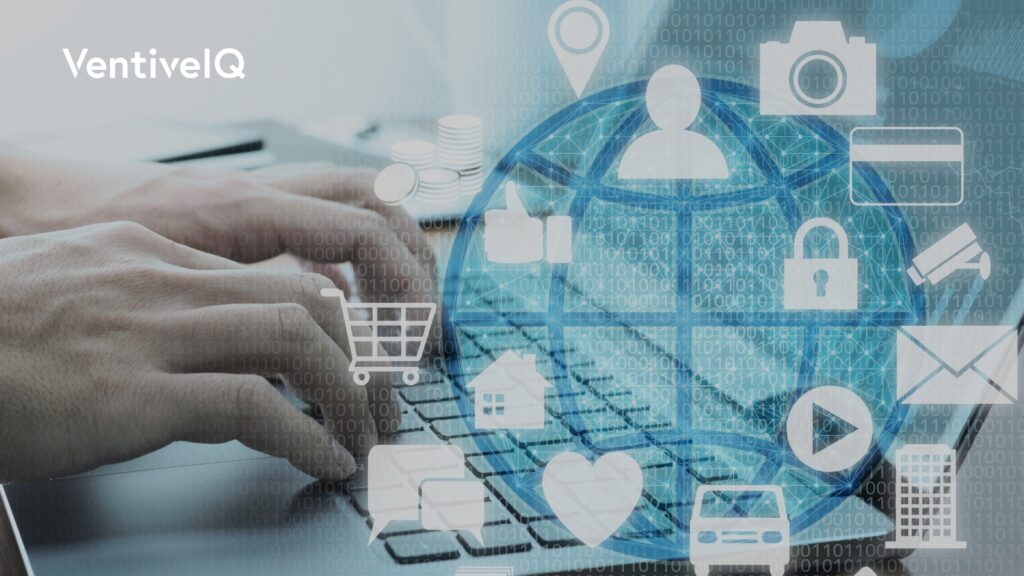
Navigating Political Trends
The American political scene is like a big pot of stew – it is always bubbling and changing. To stay on top of things and make good choices, it is important to know what’s simmering underneath the surface. These days, there are some big trends bubbling away that are having a real impact on how things work.
One big trend is populism, which is the idea that regular folks should have more say in government. This is changing the way politicians’ campaign and what issues they focus on. Another big change is social media. It used to be that politicians could get their message out through TV ads and speeches, but now everyone has a platform to share their opinions. This can be good for getting people involved, but it can also make it harder to sort out the truth from all the noise.
The key to understanding all this is to keep an eye on what people are thinking and feeling. Polls and surveys can help with this, but it is also important to pay attention to what is happening on the ground – what kinds of groups are forming, what issues people are passionate about. By keeping track of these trends, analysts can start to predict what might happen next and adjust their plans accordingly. It is like being a good cook who can taste the stew and know if it needs more salt or a different spice to really be delicious.
Deciphering Voter Behavior
When it comes down to it, predicting elections is all about getting inside the minds of voters—the real driving force behind who wins and who loses. Voters are not just picking names out of a hat; they are making choices based on a whole bunch of stuff that is important to them.
From what they believe into the issues that matter most, voters are influenced by a ton of different things that help them decide which candidate gets their vote. To figure out what is going on in those voters’ heads, experts dive into the past to see how people have voted before and even ask them directly through surveys. It is like peeking into a crystal ball to see what is going to happen next in the big election game.
So, when it comes to election forecasting, it is all about understanding what makes voters tick and using that knowledge to predict how things are going to play out. It is like being a mind reader—but instead of reading thoughts, we are reading the signs of democracy in action.
Exploring Demographic Dynamics
Demographic analysis plays a pivotal role in election forecasting, highlighting the unique characteristics of various voter groups and their impact on electoral outcomes. Whether it is the urban-rural divide, generational shifts, or ethnic voting blocs, demographics offer valuable clues about voter behavior and electoral preferences. By drilling down into granular data sets, analysts can identify emerging trends and adjust their forecasts to account for shifting demographic dynamics.
VentiveIQ’s role
At VentiveIQ, we recognize the pivotal role that data plays in shaping the future of American politics. Our team is committed to providing cutting-edge data solutions that empower businesses, organizations, and individuals to navigate the complex landscape of voter behavior and electoral dynamics with confidence and clarity.
We understand the importance of leveraging voter data analysis, predictive modeling, and election forecasting to gain invaluable insights into the electorate’s preferences and behaviors. By harnessing the power of machine learning, statistical analysis, and demographic dynamics, we help our clients anticipate future outcomes and make informed decisions in an ever-changing political data environment.
With the midterms fast approaching, now is the time to arm yourself with the insights and knowledge needed to navigate this pivotal moment in our nation’s history. Whether you are a political analyst, campaign strategist, or concerned citizen, VentiveIQ is here to support you every step of the way.
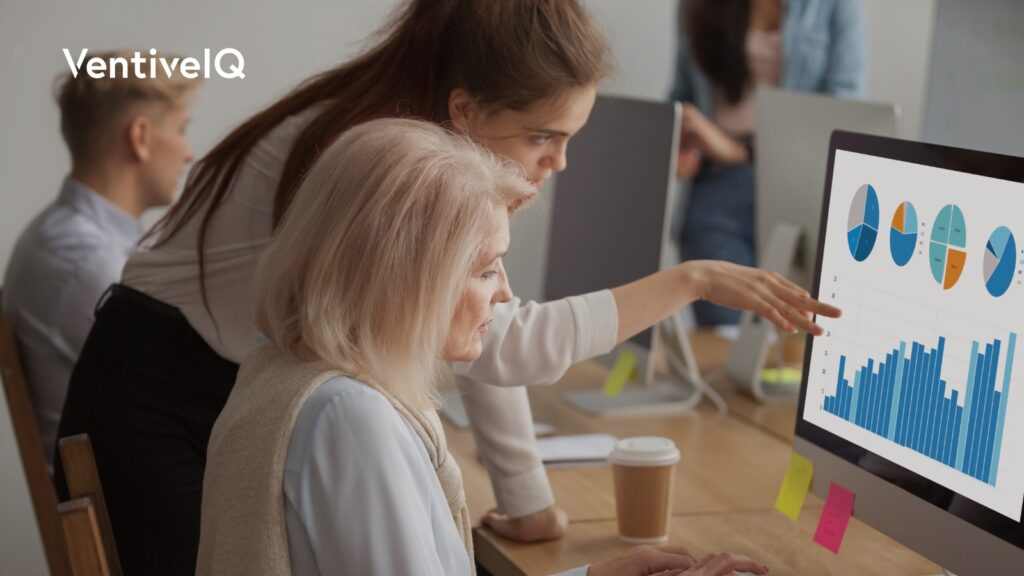
Conclusion
As we head into the midterms, we are facing a bit of a bumpy road ahead, full of surprises and opportunities. But with tools like voter data analysis, predictive modeling, and election forecasting, we have what it takes to navigate through the twists and turns of politics with a clear vision. With a deep understanding of how voters think, the changing demographics, and what is on the horizon, we are equipped to peek into the crystal ball and get a glimpse of what lies ahead.
